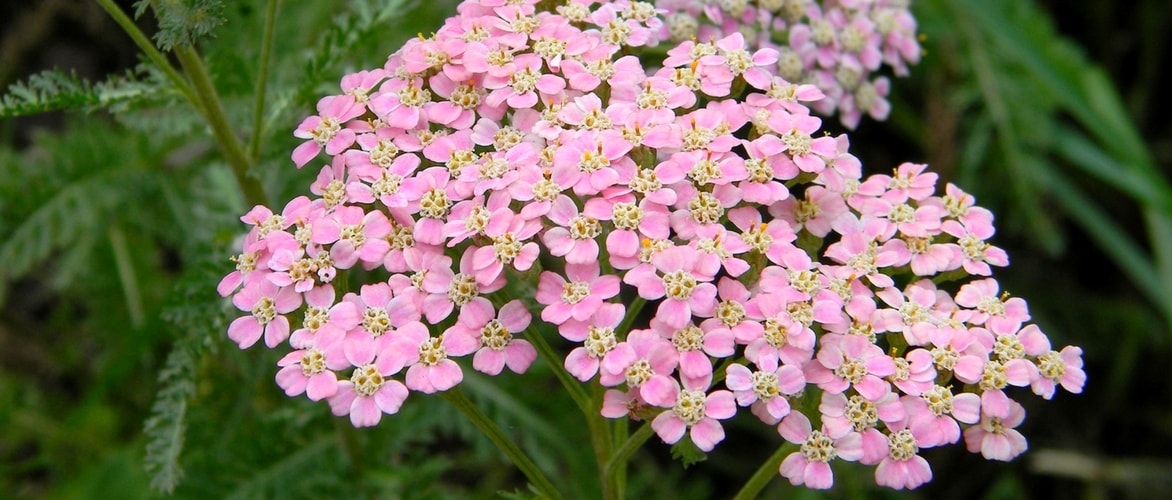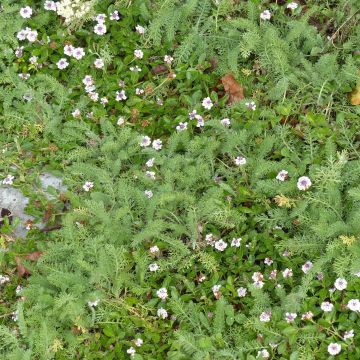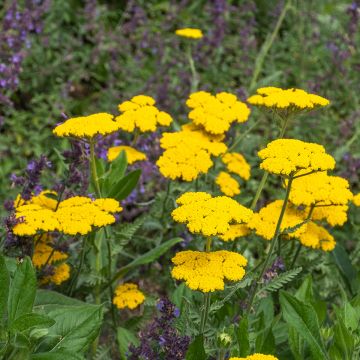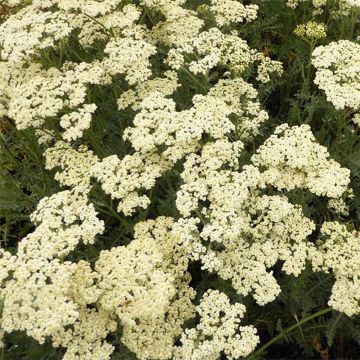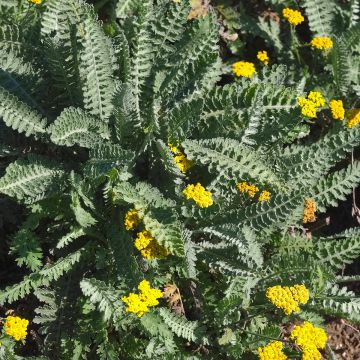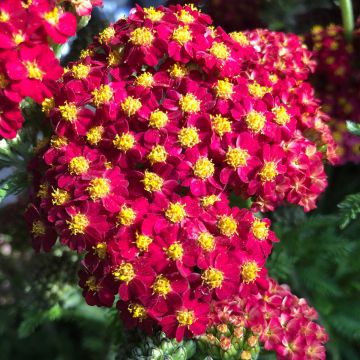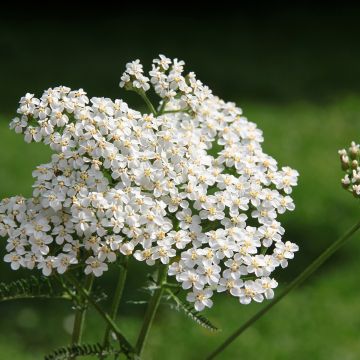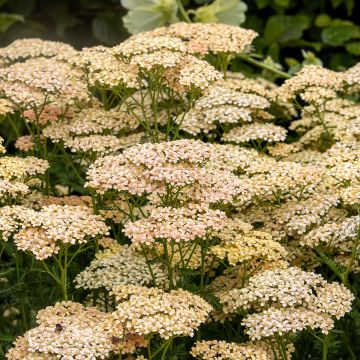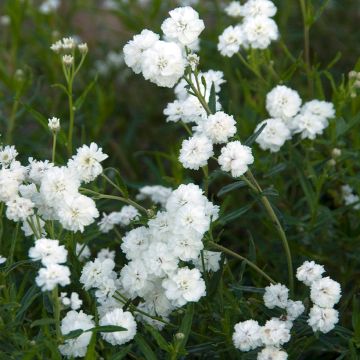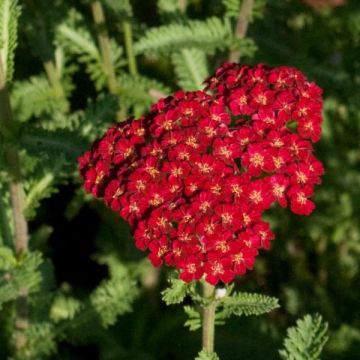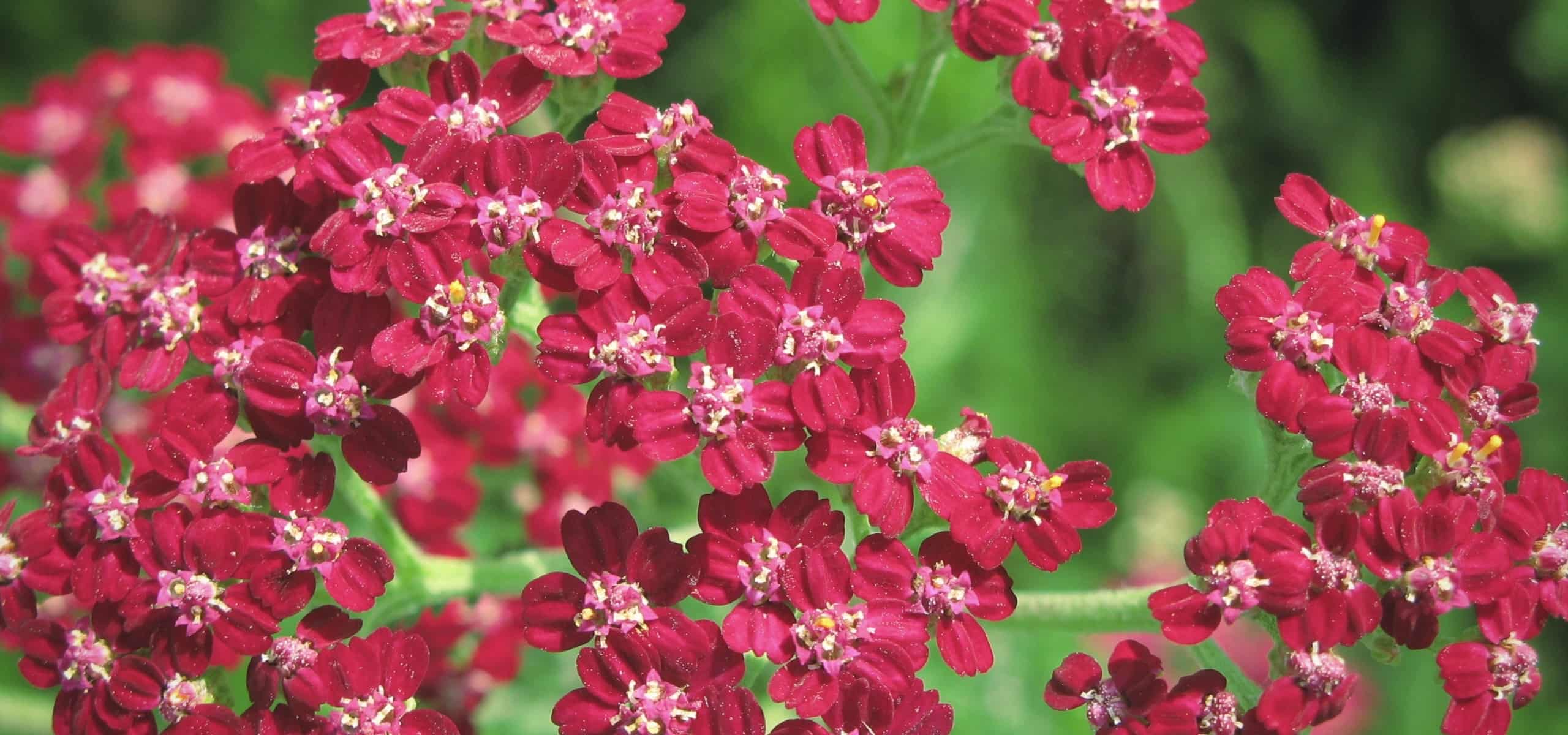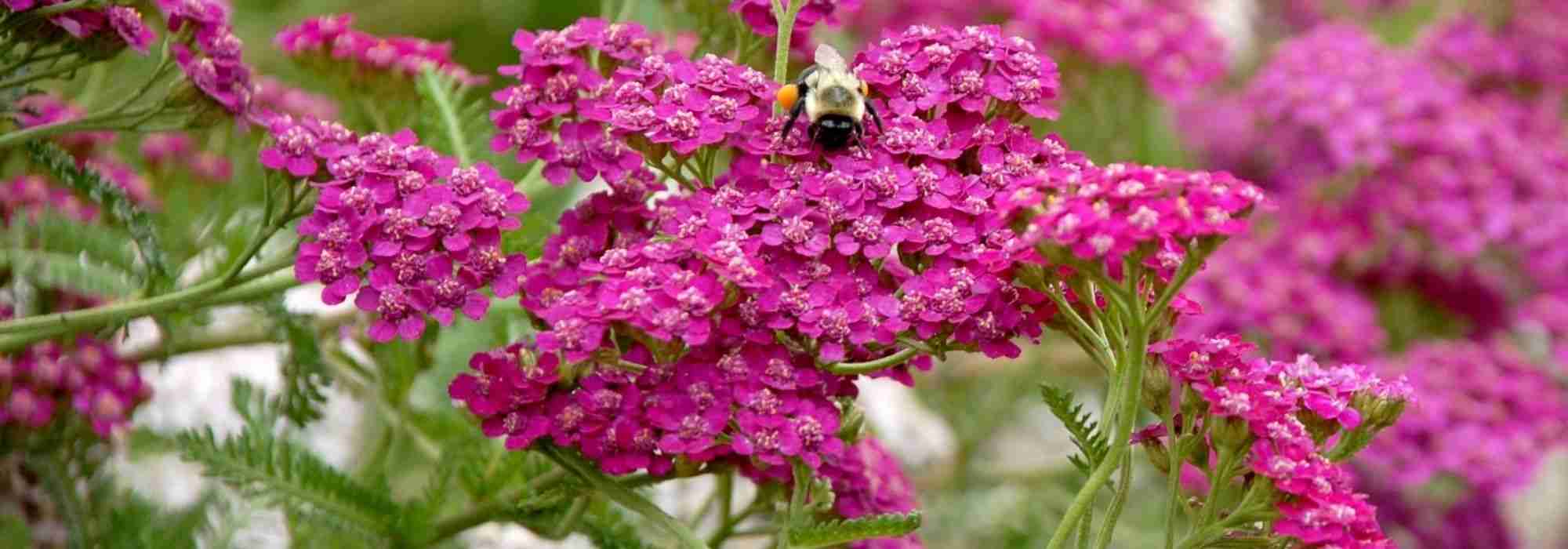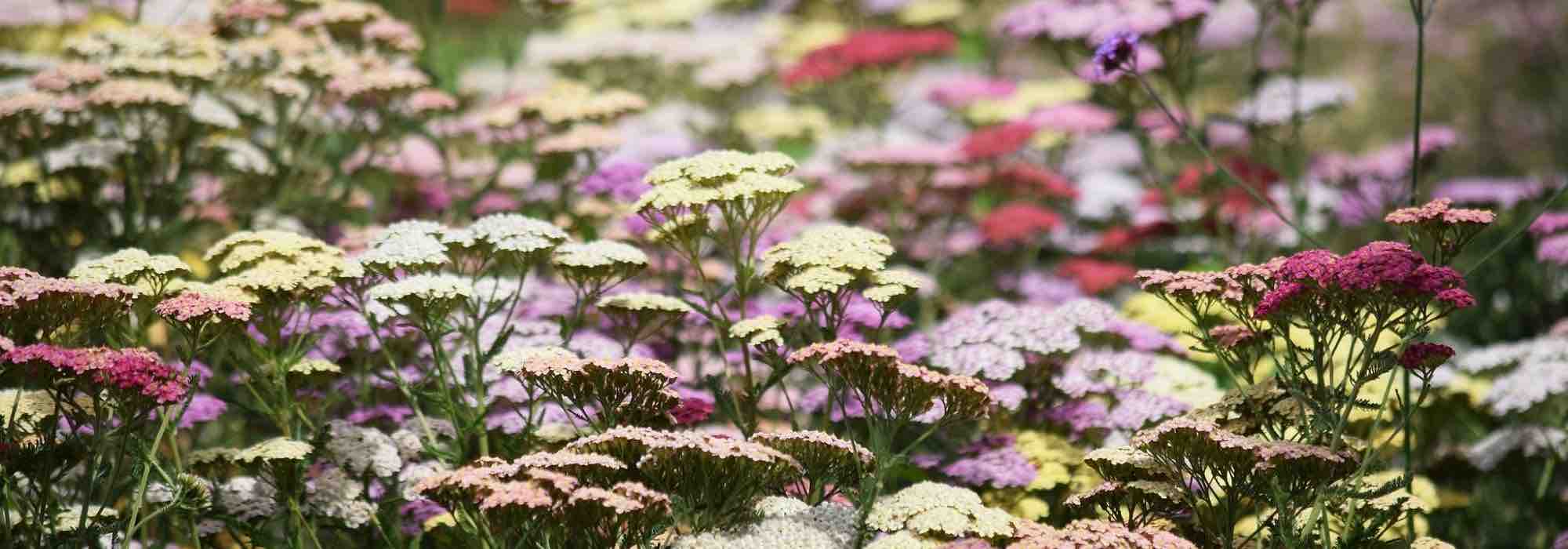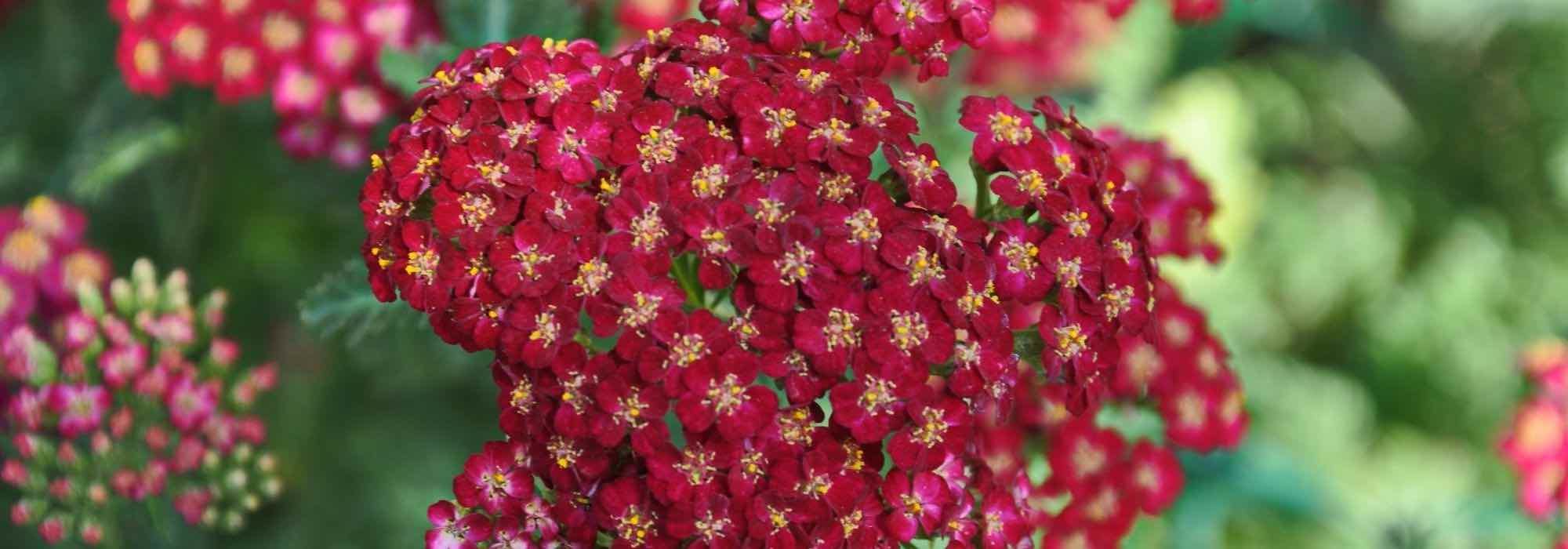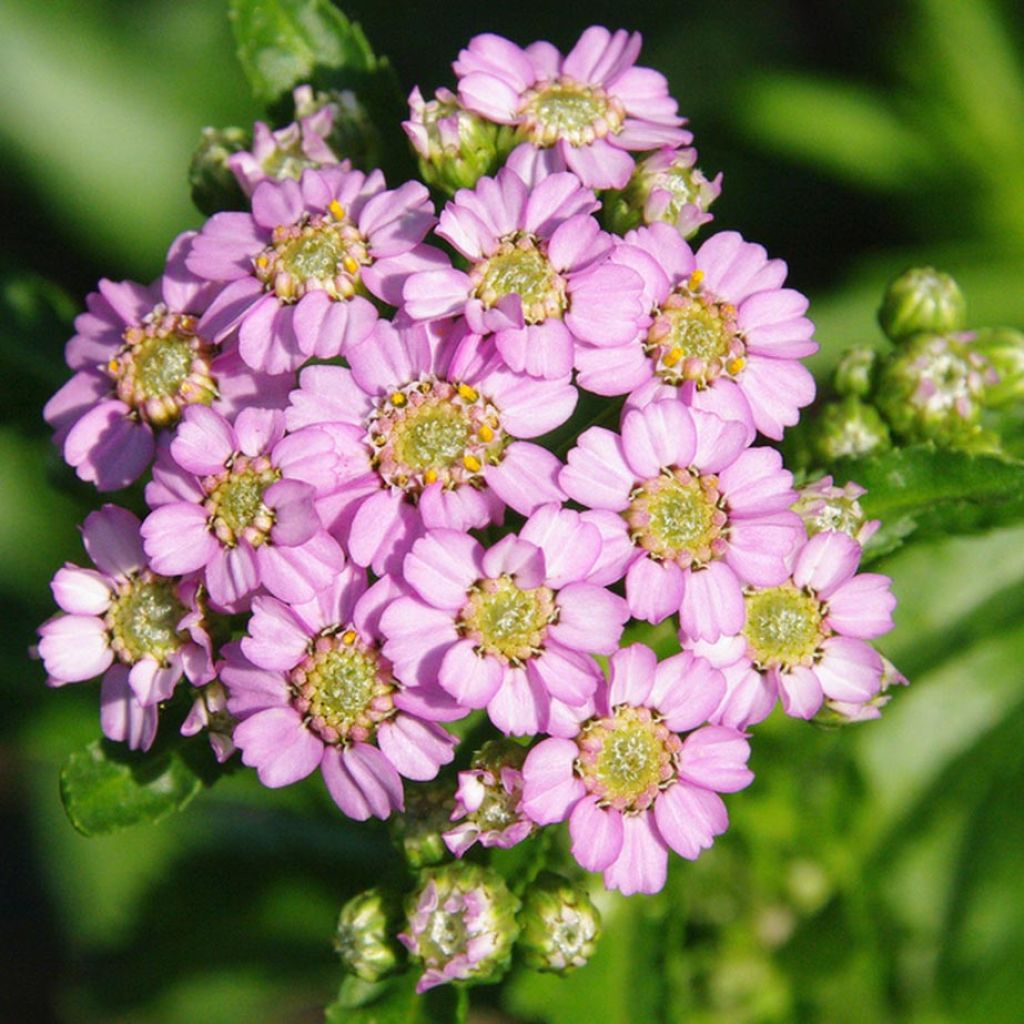

Achillea sibirica var. camtschatica Love Parade
Achillea sibirica var. camtschatica Love Parade
Achillea sibirica var. camtschatica Love Parade
Yarrow
I have just received them but I would say this in summer?
Marie Joëlle , 20/12/2024
Special offer!
Receive a €20 voucher for any order over €90 (excluding delivery costs, credit notes, and plastic-free options)!
1- Add your favorite plants to your cart.
2- Once you have reached €90, confirm your order (you can even choose the delivery date!).
3- As soon as your order is shipped, you will receive an email containing your voucher code, valid for 3 months (90 days).
Your voucher is unique and can only be used once, for any order with a minimum value of €20, excluding delivery costs.
Can be combined with other current offers, non-divisible and non-refundable.
Home or relay delivery (depending on size and destination)
Schedule delivery date,
and select date in basket
This plant carries a 12 months recovery warranty
More information
We guarantee the quality of our plants for a full growing cycle, and will replace at our expense any plant that fails to recover under normal climatic and planting conditions.

Would this plant suit my garden?
Set up your Plantfit profile →
Description
The Achillea sibirica var. camtschatica 'Love Parade' is a bewildering wild yarrow, quite different from the "thousand leaves" so appreciated in natural settings. This selection, recently introduced to the horticultural market, surpasses other varieties. With a beautiful stature, it bears a satin foliage reminiscent of silver hemp that is very stylish, and provides a long and beautiful summer flowering, in large umbels paved with small pale pink flowers with a pale yellow centre, becoming white at maturity. Unusual but delightful, originating from the far northeast of Russia, it is also a robust perennial accustomed to the harshest climates, very cold in winter. A plant seemingly destined for a bright future in gardens, in open ground or even in flowering pots. It is superb in bouquets.
The Achillea sibirica subsp. Camtschatica (sometimes listed as camschatica or kamtschatica), also known as Siberian Yarrow, is a rhizomatous and herbaceous perennial plant native to the Kamchatka Peninsula, bathed by the Sea of Okhotsk, the Bering Sea and the Pacific Ocean. It belongs to the large family of Asters. 'Love Parade' differs from the species only by its baby pink flower heads when others tend to be white. The plant grows in a vigorous shrub, at least 60cm (24in) high and 50cm (20in) wide. It spreads laterally through its rhizomes, without becoming invasive. Flowering occurs from June to September, at the top of stems that can reach a height of 75cm (30in). Each flower head is a flattened corymb, 5 to 10cm (2 to 4in) wide, densely filled with small 0.5cm (1in) capitula resembling daisies with a baby pink colour they bloom, with a powdery brown-pink centre with pale yellow stamens, with the pink fading to white over time. The evergreen foliage, dark green and shiny with silver reflections, is composed of narrow leaves, 10cm (4in) long, with serrated edges. They are arranged in a circle all around the stem. The plant self-seeds quite reliably, in a light and well-drained soil.
The Love Parade yarrow is a plant for ordinary soil, well-drained and even chalky. For it to truly amaze, choose an informal sunny bed, composed of single flowers such as poppies, small blue thistles (Echinops ritro), perennial peas, asters, wood sage, Amur river carnations (Dianthus amuriensis) or even yarrow. It also grows well in pots, where it can accompany perennial geraniums (Russel Prichard, Blue Cloud, Patricia), a purple heuchera (Plum Pudding, Cherry Cola...). Its flower umbels are very long-lasting in country bouquets.
Achillea sibirica var. camtschatica Love Parade in pictures
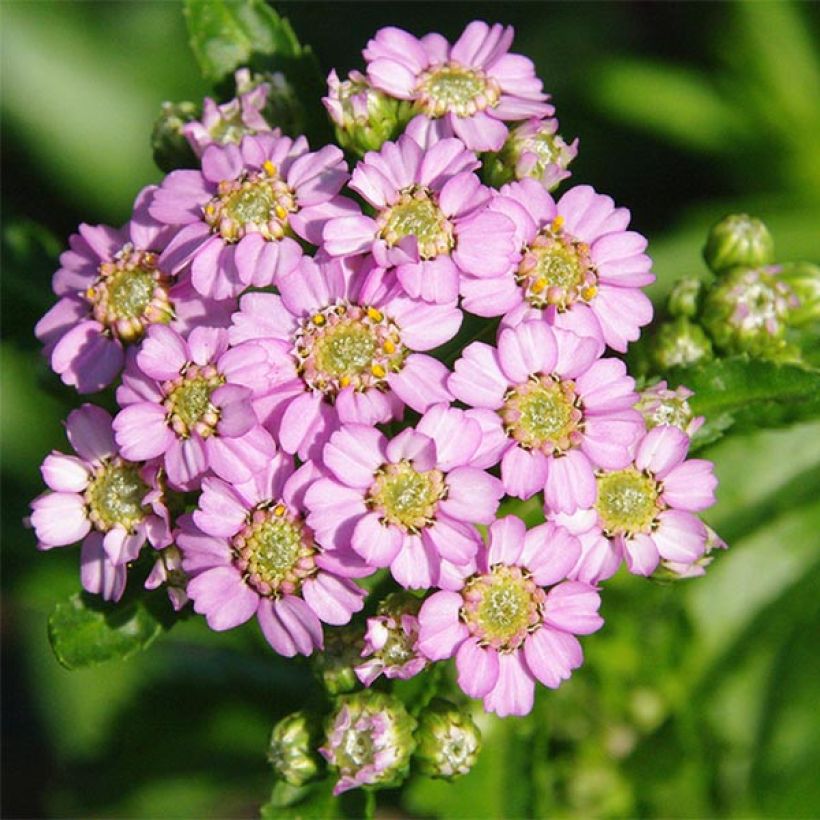

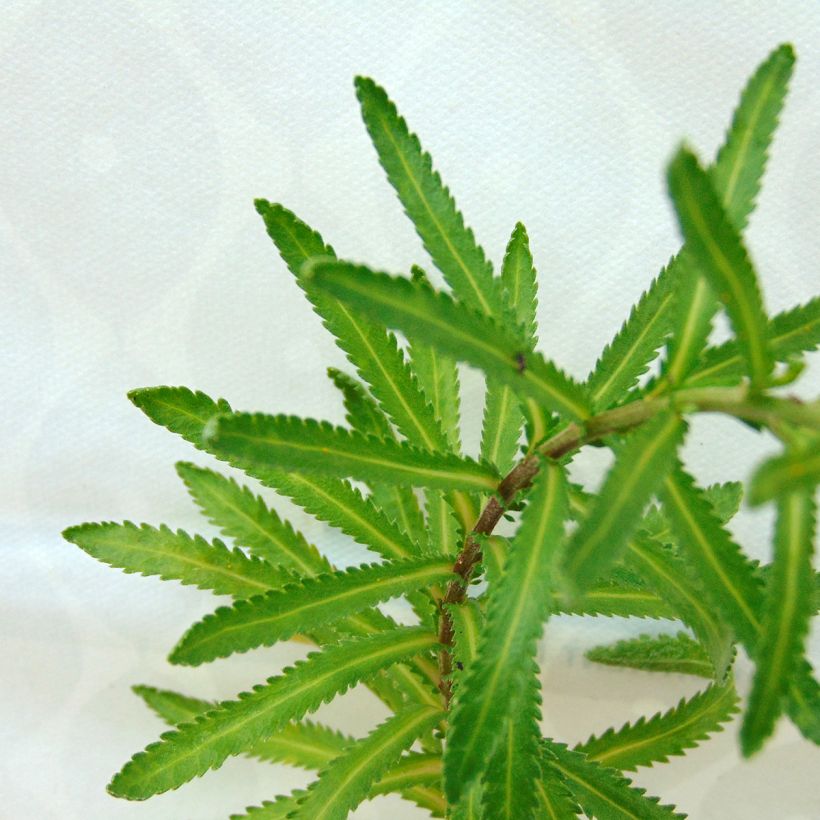

Flowering
Foliage
Plant habit
Botanical data
Achillea
sibirica var. camtschatica
Love Parade
Asteraceae
Yarrow
Eastern Europe
Other Achillea
View all →Planting and care
When planting the Siberian yarrow, choose a spot that gets plenty of sun or partial shade in a warm climate with soil that drains well. This plant can handle soil that has limestone, but it doesn't like water to accumulate around its roots. If your soil is heavy, you can add coarse sand or gravel when planting. The ideal soil is fertile, loamy, and light. Once established, the plant does not require watering, except during especially long drought periods. It is not commonly troubled by insects or diseases, but it can be affected by powdery mildew or rust in humid conditions. Divide the shrubs every 3-4 years to keep them from becoming too dense. The Siberian yarrow can be easily propagated by sowing.
Planting period
Intended location
Care
Planting & care advice
-
, onOrder confirmed
Reply from on Promesse de fleurs
Haven't found what you were looking for?
Hardiness is the lowest winter temperature a plant can endure without suffering serious damage or even dying. However, hardiness is affected by location (a sheltered area, such as a patio), protection (winter cover) and soil type (hardiness is improved by well-drained soil).

Photo Sharing Terms & Conditions
In order to encourage gardeners to interact and share their experiences, Promesse de fleurs offers various media enabling content to be uploaded onto its Site - in particular via the ‘Photo sharing’ module.
The User agrees to refrain from:
- Posting any content that is illegal, prejudicial, insulting, racist, inciteful to hatred, revisionist, contrary to public decency, that infringes on privacy or on the privacy rights of third parties, in particular the publicity rights of persons and goods, intellectual property rights, or the right to privacy.
- Submitting content on behalf of a third party;
- Impersonate the identity of a third party and/or publish any personal information about a third party;
In general, the User undertakes to refrain from any unethical behaviour.
All Content (in particular text, comments, files, images, photos, videos, creative works, etc.), which may be subject to property or intellectual property rights, image or other private rights, shall remain the property of the User, subject to the limited rights granted by the terms of the licence granted by Promesse de fleurs as stated below. Users are at liberty to publish or not to publish such Content on the Site, notably via the ‘Photo Sharing’ facility, and accept that this Content shall be made public and freely accessible, notably on the Internet.
Users further acknowledge, undertake to have ,and guarantee that they hold all necessary rights and permissions to publish such material on the Site, in particular with regard to the legislation in force pertaining to any privacy, property, intellectual property, image, or contractual rights, or rights of any other nature. By publishing such Content on the Site, Users acknowledge accepting full liability as publishers of the Content within the meaning of the law, and grant Promesse de fleurs, free of charge, an inclusive, worldwide licence for the said Content for the entire duration of its publication, including all reproduction, representation, up/downloading, displaying, performing, transmission, and storage rights.
Users also grant permission for their name to be linked to the Content and accept that this link may not always be made available.
By engaging in posting material, Users consent to their Content becoming automatically accessible on the Internet, in particular on other sites and/or blogs and/or web pages of the Promesse de fleurs site, including in particular social pages and the Promesse de fleurs catalogue.
Users may secure the removal of entrusted content free of charge by issuing a simple request via our contact form.
The flowering period indicated on our website applies to countries and regions located in USDA zone 8 (France, the United Kingdom, Ireland, the Netherlands, etc.)
It will vary according to where you live:
- In zones 9 to 10 (Italy, Spain, Greece, etc.), flowering will occur about 2 to 4 weeks earlier.
- In zones 6 to 7 (Germany, Poland, Slovenia, and lower mountainous regions), flowering will be delayed by 2 to 3 weeks.
- In zone 5 (Central Europe, Scandinavia), blooming will be delayed by 3 to 5 weeks.
In temperate climates, pruning of spring-flowering shrubs (forsythia, spireas, etc.) should be done just after flowering.
Pruning of summer-flowering shrubs (Indian Lilac, Perovskia, etc.) can be done in winter or spring.
In cold regions as well as with frost-sensitive plants, avoid pruning too early when severe frosts may still occur.
The planting period indicated on our website applies to countries and regions located in USDA zone 8 (France, United Kingdom, Ireland, Netherlands).
It will vary according to where you live:
- In Mediterranean zones (Marseille, Madrid, Milan, etc.), autumn and winter are the best planting periods.
- In continental zones (Strasbourg, Munich, Vienna, etc.), delay planting by 2 to 3 weeks in spring and bring it forward by 2 to 4 weeks in autumn.
- In mountainous regions (the Alps, Pyrenees, Carpathians, etc.), it is best to plant in late spring (May-June) or late summer (August-September).
The harvesting period indicated on our website applies to countries and regions in USDA zone 8 (France, England, Ireland, the Netherlands).
In colder areas (Scandinavia, Poland, Austria...) fruit and vegetable harvests are likely to be delayed by 3-4 weeks.
In warmer areas (Italy, Spain, Greece, etc.), harvesting will probably take place earlier, depending on weather conditions.
The sowing periods indicated on our website apply to countries and regions within USDA Zone 8 (France, UK, Ireland, Netherlands).
In colder areas (Scandinavia, Poland, Austria...), delay any outdoor sowing by 3-4 weeks, or sow under glass.
In warmer climes (Italy, Spain, Greece, etc.), bring outdoor sowing forward by a few weeks.






























